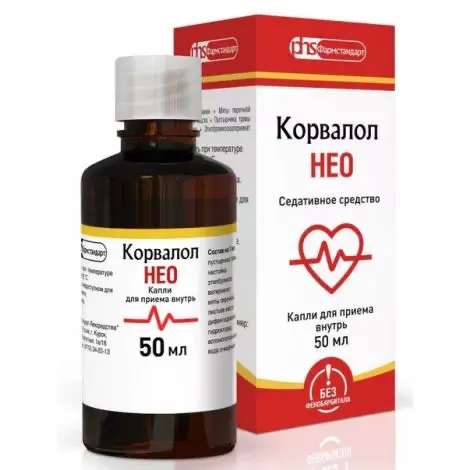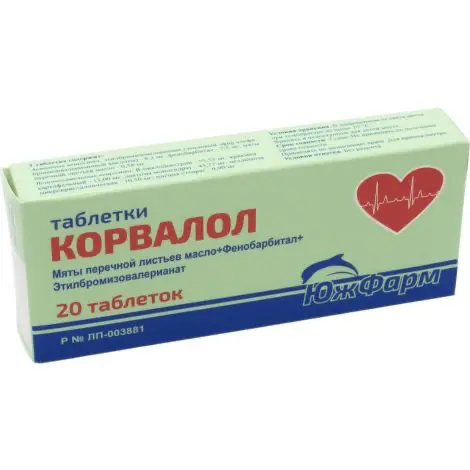Description
Citicoline 125 mg/ml (Encetron-Solopharm) Pharmacodynamics
Citicoline, being a precursor of the key ultrastructural components of the cell membrane (mainly phospholipids), has a broad spectrum of action: it helps restore damaged cell membranes, inhibits the action of phospholipases, prevents the excess formation of free radicals, and also prevents cell death by acting on apoptosis mechanisms. In the acute period of stroke citicoline reduces the volume of brain tissue damage, improves cholinergic transmission. In craniocerebral trauma reduces the duration of post-traumatic coma and severity of neurological symptoms, also contributes to reducing the duration of the recovery period. In chronic cerebral hypoxia citicoline is effective in treating cognitive disorders such as memory impairment, lack of initiative, difficulty in performing daily activities and self-care. It increases attention and consciousness, and reduces the manifestation of amnesia. Effective in treating sensory and motor neurological disorders of degenerative and vascular etiology.
Indications
– Acute phase of ischemic stroke (as part of complex therapy).
– The recovery period of ischemic and hemorrhagic strokes.
– Craniocerebral trauma, acute (as part of complex therapy) and recovery period.
– Cognitive and behavioral disorders in degenerative and vascular diseases of the brain.
Contraindications .
– Hypersensitivity to any of the components of the drug.
– Severe vagotonia (predominance of the tone of the parasympathetic autonomic nervous system).
– Children under 18 years of age (due to insufficient clinical data).
Administration during pregnancy and lactation
Sufficient data on the use of citicoline in pregnant women are not available. Although no adverse effects were found in animal studies, during pregnancy the drug is prescribed only in cases when the expected benefits to the mother outweigh the potential risk to the fetus.
When prescribing the drug during lactation, women should stop breastfeeding, since there is no data on excretion of citicoline and its metabolites with breast milk. The risk to the child cannot be excluded.
Mode of administration and dosage
- Citicoline 125 mg/ml (Encetron-Solopharm) is administered intravenously or intramuscularly.
- Intravenous is given as a slow intravenous injection (over 3-5 minutes, depending on the dose prescribed) or intravenous drip infusion
- (40-60 drops per minute).
- The intravenous route is preferable to the intramuscular route. When administering intramuscularly, avoid repeated administration of the drug to the same site.
- Recommended dosing regimen
- Acute period of ischemic stroke and traumatic brain injury (TBI): 1000 mg every 12 h from the first day after diagnosis, treatment duration at least 6 weeks. In 3-5 days after the beginning of treatment (if swallowing function is not impaired) transition to oral forms of the drug is possible.
- The recovery period of ischemic and hemorrhagic strokes, the recovery period of CHT, cognitive and behavioral disorders in degenerative and vascular brain diseases: 500-2000 mg per day. Dosage and duration of treatment depending on the severity of disease symptoms.
- If there is suspicion of ongoing intracranial hemorrhage, it is recommended not to exceed the dose of 1000 mg per day, the drug is administered intravenously by IV drip at a rate of
- 30 drops per minute.
- Elderly patients
- No dose adjustment is required when prescribing the drug in elderly patients.
- The solution in the ampoule is intended for single use. It should be used immediately after opening the ampoule.
- The drug is compatible with all types of intravenous isotonic solutions and dextrose solutions.
- Procedure for handling the polymer ampoule:
1. Take the ampoule and shake it by holding the neck.
2. Squeeze the ampoule by hand, taking care not to release the drug, and with a twisting motion turn and separate the valve.
3 Connect the syringe to the ampoule immediately through the resulting opening.
4. Turn the ampoule over and slowly draw the contents into the syringe.
5. Slide the needle onto the syringe.





